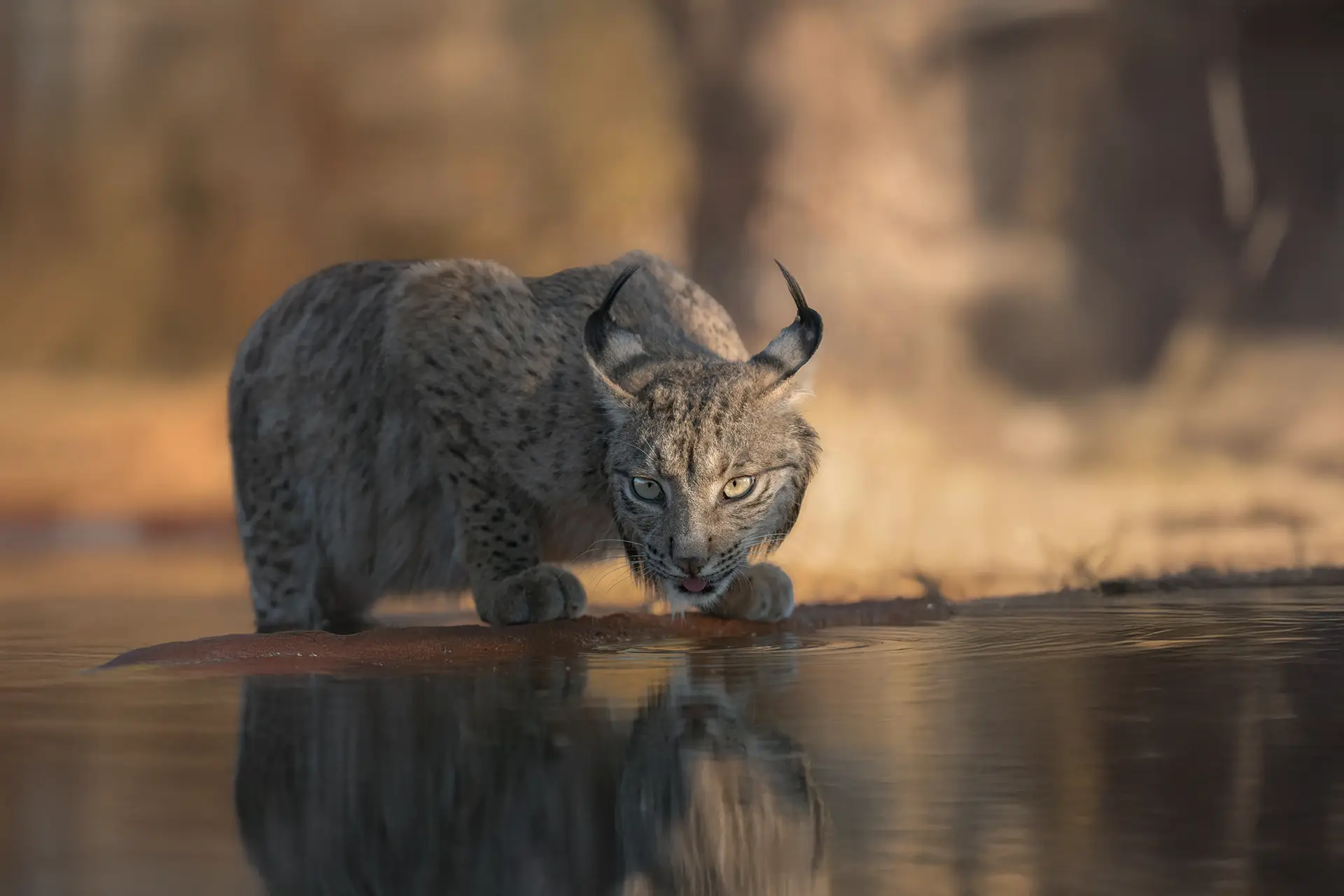Biodiversity Conservation
Private Nature Reserves
Some of the best-preserved natural areas in Spain are privately owned — a key factor
that has contributed to their protection, shielding them from the relentless advance of
urban development, speculation, and land fragmentation.
Protecting Biodiversity on Private Estate
The true ‘Brand Spain’ undoubtedly lies in the value of its biodiversity. Spain is home
to approximately 50% of all fauna and flora species found across the European
continent, hosting the highest number of vascular plants (around 7,600) and endemic
species (around 1,500) of any country in Europe. This biodiversity is today largely
preserved thanks to the management efforts carried out over centuries by both large and
small estate owners — the stewards of private nature reserves.
Many of these large estates, often located outside official networks of protected natural
areas, provide a refuge for some of the most emblematic species of European flora and
fauna, playing a crucial role in biodiversity conservation.
All of this has been made possible thanks to the personal commitment of many
landowners to the conservation of natural heritage and sustainable land use.
Traditional farming activities, extensive livestock grazing, and land management for
game have contributed to maintaining this balance for centuries. It is therefore essential
to value and promote the role of both traditional agroecosystems and large private
landowners as strategic allies in the conservation of European biodiversity.
Biodiversity and the Human Species
Ecosystems exist in dynamic balance, subject to periodic disturbances such as
herbivory, windstorms, floods, or fire, which open up forest canopies and create
clearings that increase biodiversity levels. Many species may depend on these events for
their survival.
Humans are a species within this ecosystem and, for millions of years, have played an
active role in rejuvenating it. We are an engineering species, shaping landscapes
through cultivation and woodland clearing — just as elephants topple acacias to create
savannahs or beavers flood valleys. Many wild species depend on our transformative
activity.
Mediterranean dehesas and other human-shaped mosaic landscapes — combining trees,
shrubs, and pastures — are biodiversity hotspots across the planet. In fact, they mirror
the savannahs: the managed ecosystems in which our species originated and which we
have successfully replicated on every continent. A multitude of wild species benefit
from our distinctive way of managing the land. Without us, these species would either
not exist or would occupy marginal ecological niches.
Whether we like it or not, many of our country’s most iconic species — such as the
Iberian lynx, the great bustard, the black vulture, or the Spanish imperial eagle —
depend, directly or indirectly, on human agricultural, hunting, and forestry activity.
Agriculture and Biodiversity
Traditional farming and livestock practices have acted as attractors of biodiversity for
millennia across Europe. However, since the 1950s, the intensification and
specialisation of the agricultural sector have increasingly contributed to the ongoing loss
of biodiversity.
implementing restoration measures in agricultural ecosystems through regenerative
farming practices (agroecology), due to their benefits for soil water retention, increased
carbon content, and local biodiversity. Keyline design, the creation of water retention ponds, agroforestry, strip cropping,
integrating livestock with crops, using traditional breeds and heritage varieties, restoring
field margins and stubble fields, and establishing biodiversity islands with native
herbaceous species are some of the measures we promote.
The traditional management of many large private estates is often linked to buildings and uses of great architectural, cultural and anthropological value, specific to each region. However, this heritage runs the risk of being relegated in favour of contemporary aesthetic homogenisation. We consider it necessary to support the conservation and enhancement of this architectural, cultural and anthropological heritage, working on the recovery of traditional architecture, uses and local knowledge.
We consider that the local names of wild plants and their ancient food or medicinal use are relevant. We propose to recover and create traditional elements of the agricultural landscape that act as magnets for biodiversity, such as ponds, pylons, the planting of isolated trees and island copses in the middle of crops, as well as hedges and dry stone walls. We help landowners to reintroduce old, rustic, local agricultural and livestock breeds and varieties adapted to the environment, and we advise them on agri-food processing to obtain quality products with their own brands and on their marketing strategy.

